Qeshm Island, known as the largest island of Iran and the second one of the Persian Gulf after Bahrain. It is one of the islands of the Hormozgan Province and lies in the Strait of Hormuz.
Qeshm Island has been considered one of the top tourist destinations in Iran in recent years.
Geographic location of Qeshm Island: from north to Bandar Abbas, northeast to Hormuz, east to Lark, south to Hengam Island, and south-west to Tunb islands.
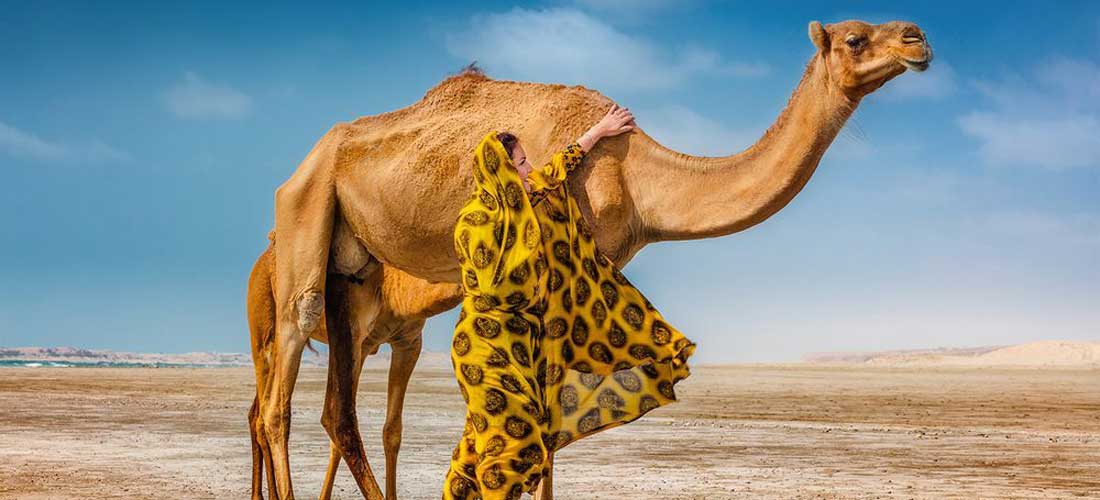 Qeshm Island, Iran
Qeshm Island, Iran
A brief history of Qeshm Island
In the Sasanian era, the name of the island of Qeshm was “Abarkavan”. The island was very prosperous at the beginning of the Islamic era, all over the island was covered with fields, palm trees and other fruits. Abarkavan was known as an active maritime center. At the end of the Umayyad Caliphate period, the island served as a refuge for mutineers and enemies of the central government.
Travel to Qeshm Island
Qeshm has a warm and humid climate. The average temperature of the island is estimated to be around 24 ° C. However, the maximum and minimum temperatures so far have been recorded at 46 and 18 ° C, respectively. The hottest days would start from July 10th and continue to September 10th and the coldest can be experience in January and February. Travel to Qeshm is feasible by sea and air. Qeshm has an international airport. It should be noted that this airport is a hub of Qeshm Airlines.Due to the weather conditions of Qeshm Island, the best time to travel to this island is in autumn and in winter. Qeshm in winter brings a mild climate experience with an average of 24 degrees Celsius.
Qeshm Island Climate
Although Qeshm is one of the hot and arid lands of Iran, the air humidity in this island is relatively high. The average annual temperature of this island is 26 degrees Celsius, and the average maximum and minimum temperatures of this island are 36 and 18 degrees Celsius. As expected, the spectacular Qeshm Island has hot summers and the maximum temperature sometimes reaches 50 degrees Celsius. On the other hand, the winters of Qeshm are pleasant and cool, and with an average temperature of 16 degrees Celsius, it is very moderate and suitable. According to the temperature recorded on the meteorological sites, it can be said with confidence that the temperature of Qeshm is the hottest in the months of August and September and the coldest in the months of January and February.
Qeshm Island Attractions
Qeshm is full of natural and extraordinary attractions which can’t be found anywhere in Iran. The natural and historical attractions, along with the culture of the island’s indigenous people have made a great number of visitors visit Qeshm as their destination of choice every year. Below we will get acquainted with the most important tourist attractions in Qeshm.
1
Qeshm Geopark
Qeshm is the first geopark in the Middle East. The mountains, plains, valleys, canyons and beaches of this region are unique. Apart from the presence of rare and endangered species, we also see rare geological phenomena. The unique features of this geopark are natural sculptures and scattered reliefs, flat surfaces and numerous elevations, eroded columns and amazing formations. Qeshm Geopark has 25 geo sites: Qeshm Roof, Chah Kuh canyon, Statue Valley, Valley of stars, Salt Lake, Shore Valley, Dolab, Namkdan Mountain, Corcorah Mountain, Mangrove Forest, Karyan, Geopark Museum, Naaz Islands, Karag Beach, Ghazi valley, Chakavir, Basirah, Basa’idu, Direstan Bay, Crab Rock, Laft Village, Khorbas Cave, Bird Lake,…
2
Valley of Stars
The Valley of Stars has long had many legends. Some of the islanders believe the valley was created by meteor shower, and others, which make up a larger percentage, believe that the stars of the region have fallen in the past and caused such a fantastic formation in the rocks. Some call it the Valley of the Ghosts, because when the wind blows through the rocks, it creates a weird sound that is said to resemble the sound of a whispering ghost.
The Valley of Stars, however, is one of the most unique natural attractions in the entire country, caused by water erosion, heavy rainfall, and severe storms over millions of years. Some scholars believe that the valley’s life spans two million years. Star Valley is located near the village of Berka Khalaf (2 km south of the island).
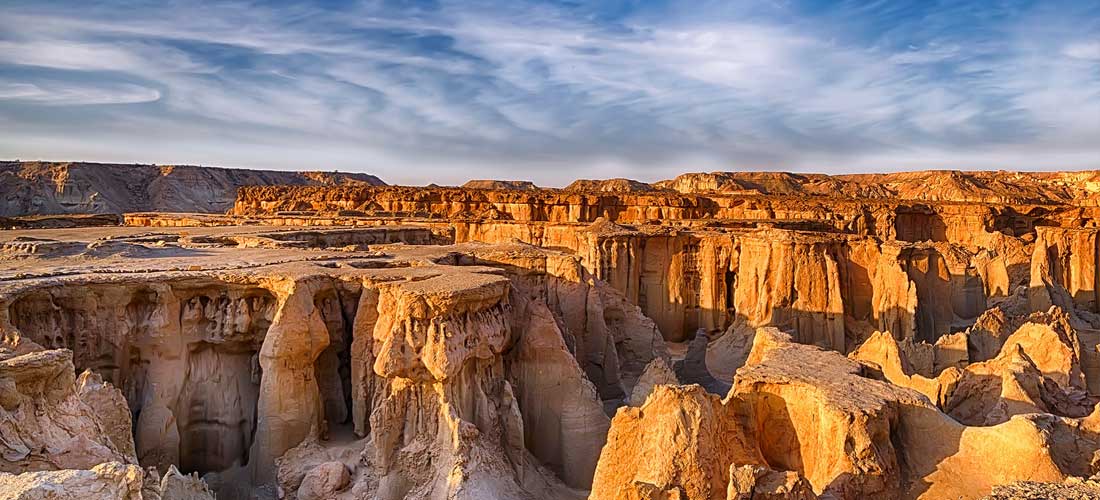 Valley of Stars, Qeshm, Iran
Valley of Stars, Qeshm, Iran
3
Chah-Kuh Canyon
Chah-Kuh Valley or Canyon is located 70 km from Qeshm’s downtown and near the eastern village of Chahui. This Canyon has a depth of 100 meters which means that the walls of the valley can be seen up to 100 meters above the head in some parts.
Naturally, water on an island is of particular importance. The natives of this area used to dig a few wells in the old valley in order not to waste the rainwater, and this is probably the reason why the valley was named Chahkuh. Some of the wells are over 400 years old.
4
Naaz Islands
Naaz Islands, with an area of approximately 3hectares are located off the east coast of Qeshm Island. These islands are mostly surrounded by 5 to 10 meters rock barriers. There is no sand beach in the Naaz islands. These two islands have no inhabitant, but most locals fish here.
5
Mangrove forest (Harra)
In the Strait of Khoran between Qeshm Island and part of Hormozgan province, in an area of about 200 square kilometers, Mangrove forests have emerged that rise out of the water as trees come out and show off at day time. Mangrove is an amazing plant with oval leaves that roots into the depths of saline waters. The mangrove forest is considered a favorable habitat for migratory birds.
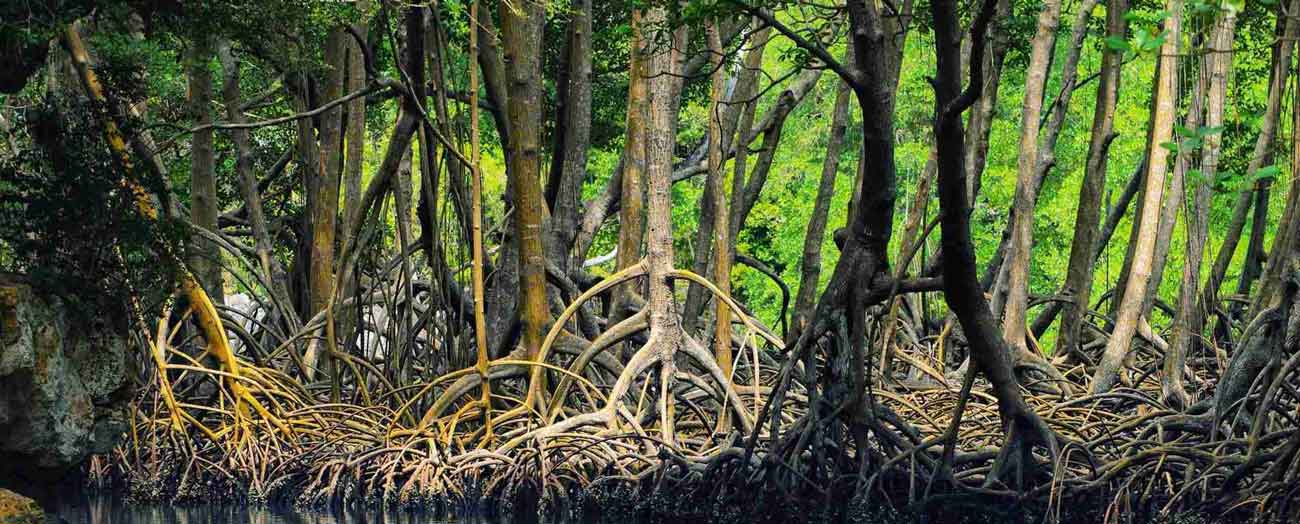 Harra forest, Qeshm Island
Harra forest, Qeshm Island
6
Laft village
Laft is one of the important villages of Qeshm Island which has some vital central functions. This village is located in the northwest of Qeshm Island. The village has long been the center of Qeshm Island, and even for a while the whole name of the island was Loft. The village of Laft with its tropical green trees and tall palm trees, along with sea views and mangrove forests, looks enchanting. The most unique architectural feature in Laft is the presence of numerous wind towers and fresh water wells right beside the sea!
The existence of special ventilation structures, called Badgirs, on the roofs is a distinctive feature of the architecture of this village. Badgir or wind tower is a high structure on the roof under which, in the interior of the building, there is a small pool which all together serve as an air conditioning system.
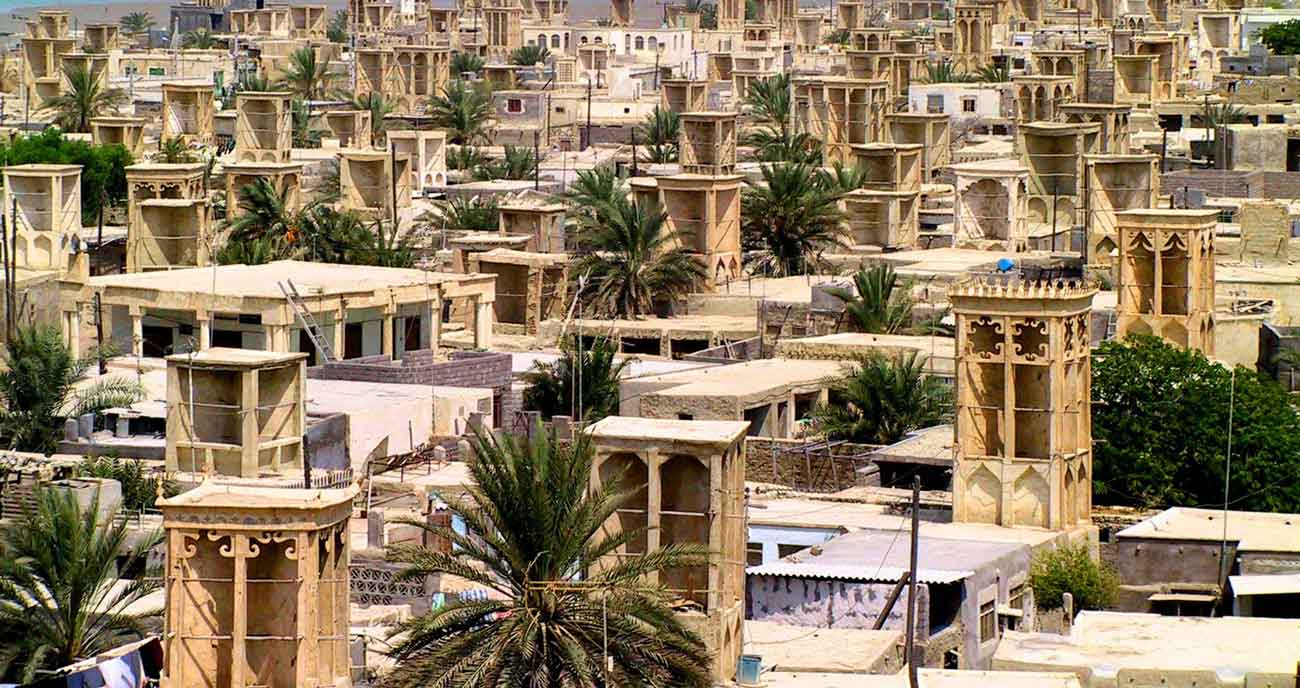 Badgirs (Wind Towers), Laft village, Qeshm Island, Iran
Badgirs (Wind Towers), Laft village, Qeshm Island, Iran
Hormuz Island
The island of Hormuz is called the small island of the Persian Gulf. It is a picturesque island full of different colors, with a completely different culture so that you enter another planet as you enter Hormuz.
Hormuz Island, land of colors and wonders, boasts spectacular landscapes from colorful soils to extraordinary architecture, with a fascinating story to hear and a sight to behold. It is interesting to know that the soil of Hormuz can be seen in seventy different colors, an eatable soil with healing effects which is one of the wonders of this place.
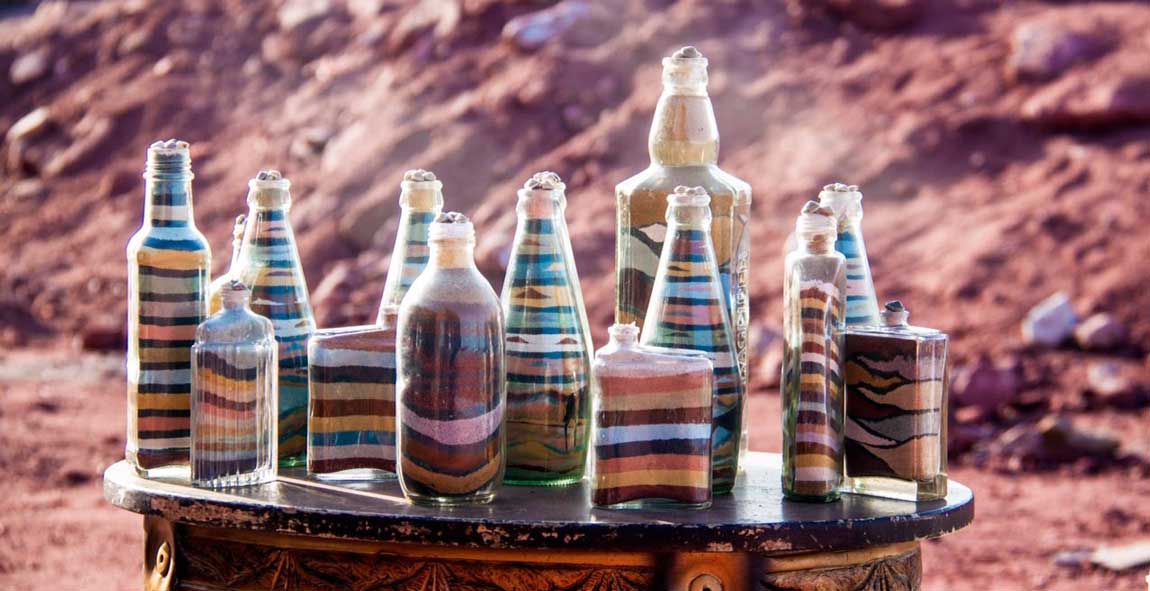 Colorful soil, Hormuz Island, Persian Gulf, Iran
Colorful soil, Hormuz Island, Persian Gulf, Iran
History and Geography of Hormuz Island
By the 14th century, the population of the island was 7,000 people, and Hormuz was known as a commercial city by the river Minab. It is interesting to know that when the Mongols invaded Iran, around 700 years ago, Hormuz Island was a city at the mouth of the river Minab. After the Mongol invasion, the fifteenth ruler of Hormuz and inhabitants fled the town and took their refuge first to Kish Island and then to Laron.
Hormuz Island is an oval-shaped, dome-shaped island with an area of 42 square kilometers at the entrance to the Persian Gulf and 2 kilometers to Bandar Abbas. The island of Hormuz is considered the key to the Persian Gulf because of its geographical location and its proximity to the Strait of Hormuz. It is in this context that Hormuz Island has historically been particularly important in Qeshm, both geographically and commercially. Colorful mountains, cliffs formed over millions of years of erosion, magnificent salt rocks and, most of all, red soil – these are spectacular attractions on the island of Hormuz, so traveling to Hormuz Island, especially in the cold seasons, can be the best choice for a pleasant and dreamy trip. Be it. Make sure to include Hormuz Island in your tour list. The island will amaze you with its beauties.
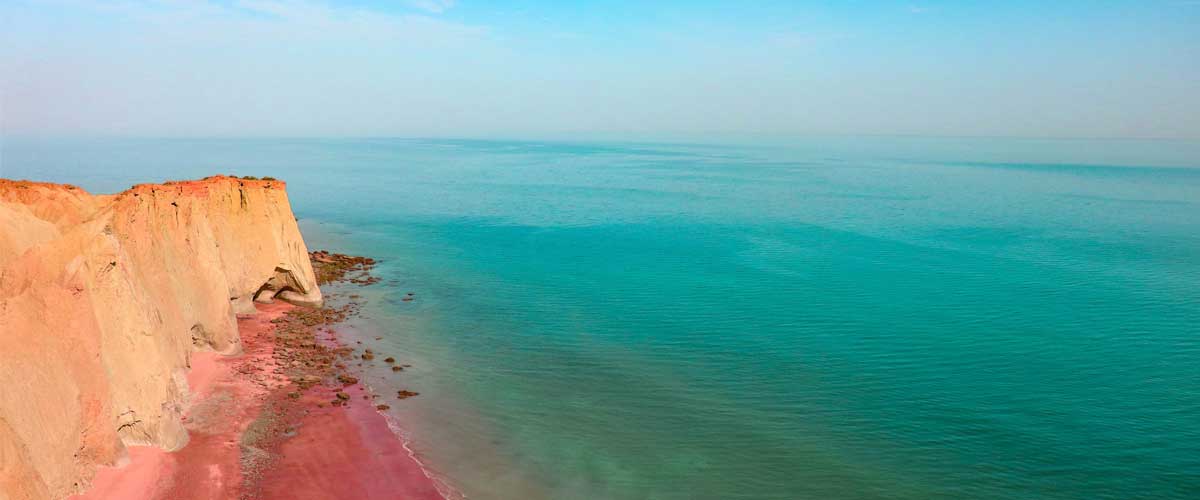
How to go to Hormuz Island from Qeshm?
There are two ways to get to Hormuz Island. From the island of Qeshm, twice a day rapid boats go to Hormuz and return. Around 07:00 am from the dock of Shahid Zakeri in Qeshm and around 03:00 pm from the dock of Hormuz. If the weather is fine, it will take about thirty minutes to reach the island’s beautiful beach. A half day tour is enough to see the entire island of Hormuz and the best time to travel is the second half of the year.
Most of us are used to travel by car. But Hormuz is not really your personal space, because it doesn’t have a good road to surf, but there is no need to worry!
Once aboard, the island’s natives, with their comfortable cars and tricycles, are waiting to take you to the island in a short time and show their patience to all travelers. You can only trust them and come to an agreement. The island is so small that if you so desire, you can pedal the entire coastline with the bikes that exist and immerse yourself in the spectacular, colorful landscape.
What to eat in Qeshm?
Qeshm is known as the land of legends, Myths from the Valley of the Stars, petrified mother and daughter rock, Naaz islands and more, but the wonders of Qeshm do not end there.
The people of the island even have stories about their food. Perhaps these stories have made the local cuisine of Qeshm even more delicious. Because of the island’s long-distance relationship with India, the island’s food tastes largely similar to those of the Indians, which means we have to prepare ourselves for spicy dishes!
Fish Kebab
How one can go to Iran’s largest island and doesn’t eat fish?
Qeshm people take the “Sangesar” or Javelin fish from the sea and stuff them with vegetable and chili. Locals roast and eat this fish on charcoal fire, but in restaurants they usually roast it well.
Mahyawa
It is cooked with small fish such as sardines, which are usually served as side dish.
This food is called “Mahy-abeh” or Mahyawa . Of course, Mahyawa is not only eaten in southern Iran. The people of Larestan and Jahrom are also interested in this food. Mahyawa is actually a mixture of sardine, roasted barley and mustard. Southerners say this is the food Avicenna recommended to people to prevent skin diseases.
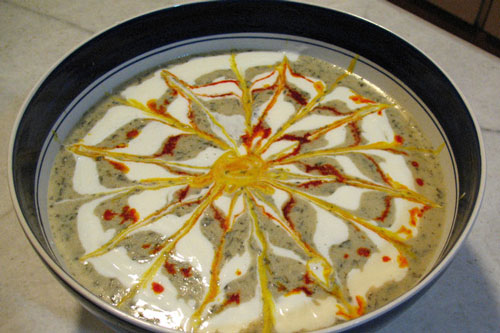
Shark Puddini
Shark should only be eaten in Qeshm. Local people cook the shark meat and crush it into a puree and mix it with lemongrass, spices, tomato paste and onions and fry it again. Shark Puddini can be also served as a side dish.
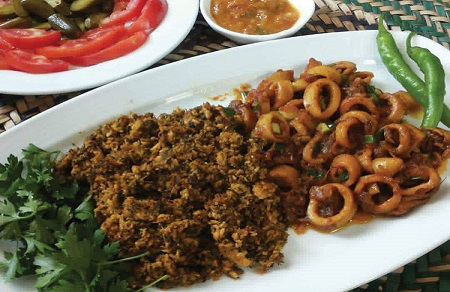
Hou’aary
The names of Qeshm’s local dishes are just as strange as their taste. For example, “Hou’aary Check Mig” is a food made from small shrimp. This dish combines fried shrimp and lentils with rice. Its appearance is similar to shrimp rice, but due to the presence of cooked lentils, they differ in taste.
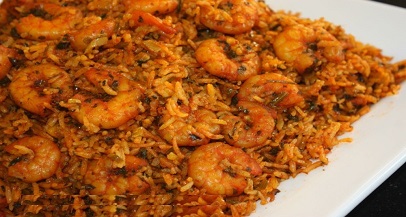
Dishou rice
Those who do not like sweet food may not want to eat a rice made with date syrup instead of water! Among the local dishes of Qeshm people, Dishou rice tastes different. It is served with Talal fish on top of the dish.
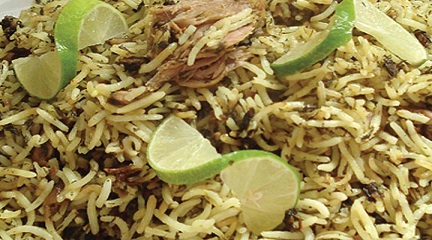
Tumoshi Bread
One of the differences between this bread and the one baked in the north of the country is the addition of cheese and eggs to the dough. The special sauce for this bread is the same Mahiawa sauce. This snack is usually cooked by local women and there is a wide variety of ingredients which make them completely different from breads baked in other cities. One of the spices that are poured in Tumoshi bread is made from red soil coming from Hormuz Island, believed to have healing effects.
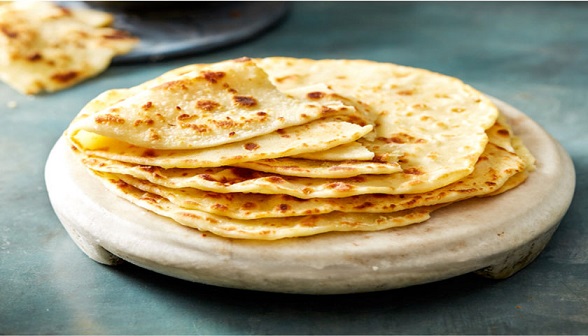
Qeshm Island hotels
After you’ve bought your plane ticket, it’s time to book a good accommodation that fits your travel budget. It is necessary to know that the island has not yet developed much in terms of hospitality industry yet, but since it is considered a popular place, still there are many accommodation options, including 4-star hotels, economical guest houses, and cozy and scenic Eco-lodges.
Iransafar team suggests below hotels for your memorable stay in Qeshm Island:
Ataman Hotel, Eram Hotel, Sahel Talaei Hotel, Irman Boutique Hotel, Arta Hotel and Fulton Hotel Qeshm.
1) Irman Boutique Hotel (4-star)
Irman Boutique Hotel is licensed by the Cultural Heritage, Handicrafts and Tourism Organization of Qeshm Free Zone and is ready to welcome its beloved tourists and guests with a professional and experienced team. This hotel is the first boutique hotel in Qeshm with beautiful and unique design in its traditional yet modern style. There is only a four-minute walking distance between Iraman hotel and the most important and largest Qeshm commercial areas.
Irman hotel offers 38 dreamy rooms in 5 floors with various types of single, double and triple rooms along with cozy suites. You can find each floor with a very special design and decoration based on the fine arts of national and international acclaimed artists.
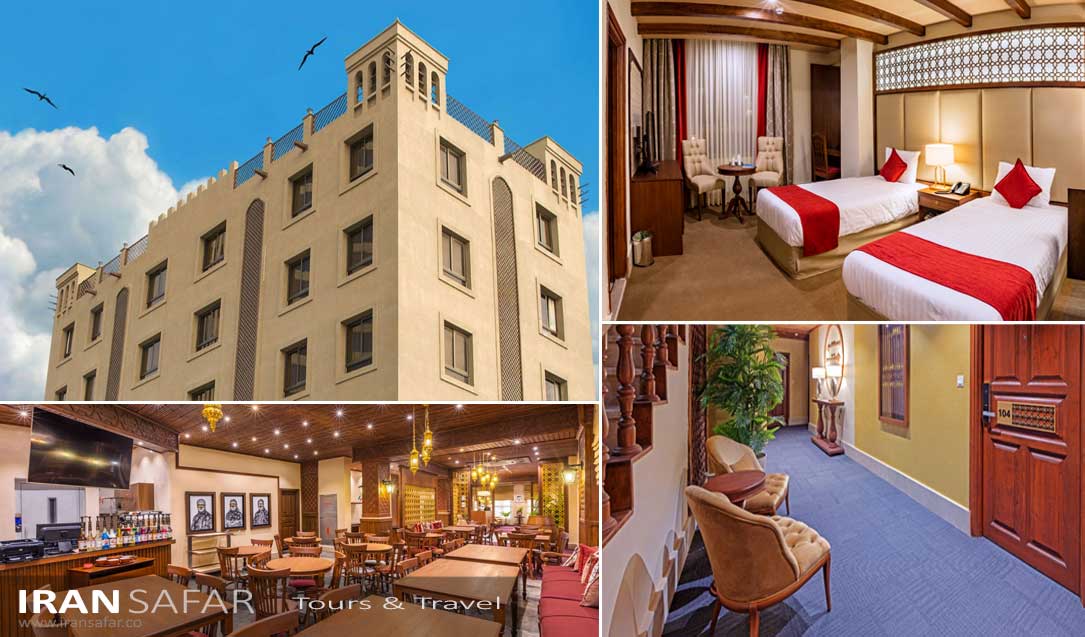 Irman Boutique Hotel, Qeshm, Iran
Irman Boutique Hotel, Qeshm, Iran
2) Ataman Hotel (4-star)
The 4-star Ataman Qeshm Hotel is one of the popular hotels in the island. It consists of seven floors of 58 rooms and suites with capacity of 170 people.
This hotel is located at the nearest distance to the commercial centers of Qeshm and the coast of the Persian Gulf with experienced and trained staff is ready to provide welfare services to the visitors of the beautiful Qeshm Island.
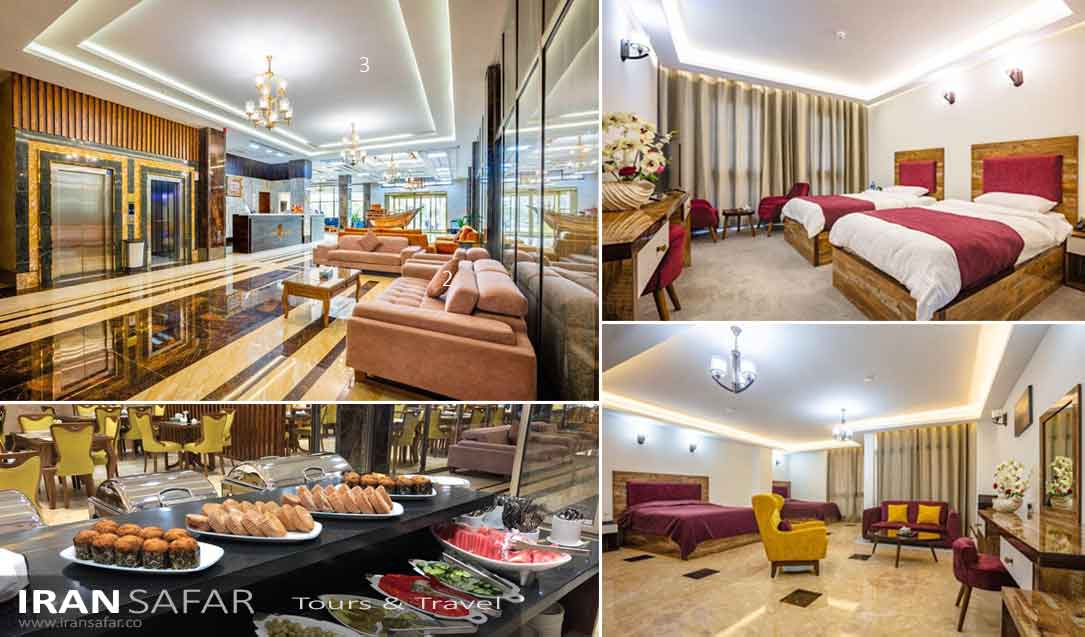 Ataman Hotel, Qeshm, Iran
Ataman Hotel, Qeshm, Iran
3) Eram hotel (4-star)
Qeshm Eram Hotel is a relatively newly built hotel in the island. With a variety of accommodation units, including double, twin, triple, duplex and suite rooms with a beautiful view of the Blue Sea, Eram Hotel tries to provide a peaceful environment for guests by providing all kinds of facilities and services.
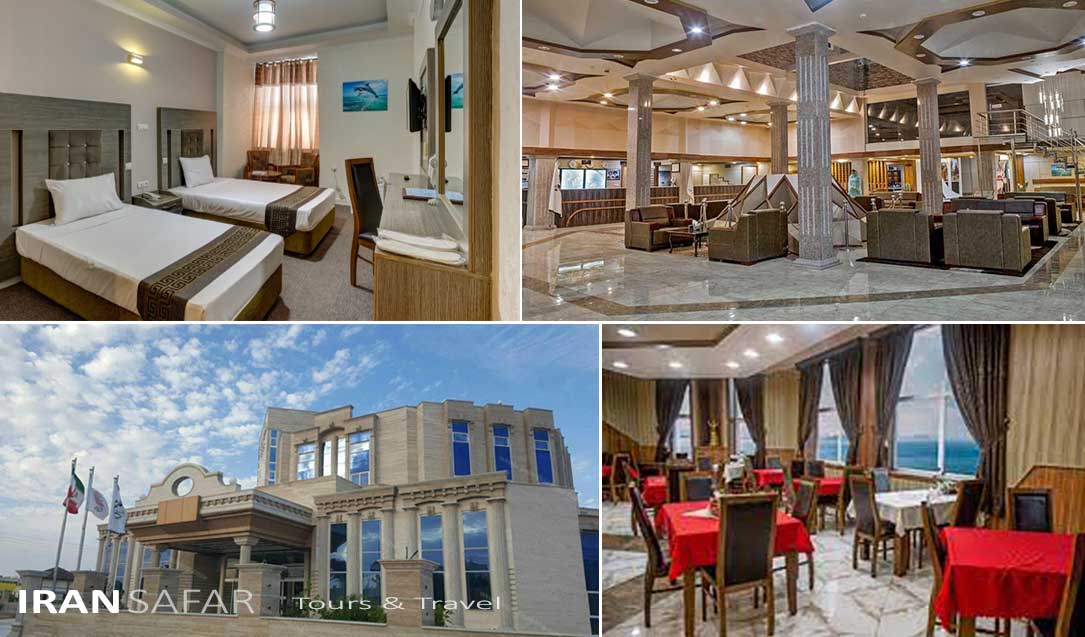 Eram Hotel, Qeshm, Iran
Eram Hotel, Qeshm, Iran
Qeshm Island map
Qeshm consists of 3 parts named ”Shahab“, ”Markazi”, ”Hormoz”, 4 cities and 7 rural districts. Qeshm is the second biggest island of Persian Gulf after Bahrain and the biggest independent island in the world with an appropriate strategic location.

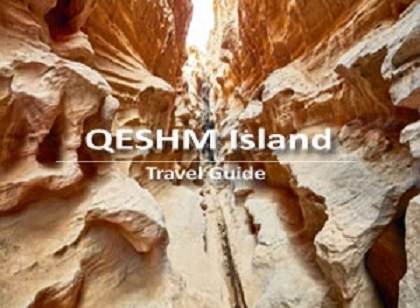

Hello and thank you for your excellent site that provided comprehensive and complete guidance and helped us a lot in this trip. In addition to thanking you, I wanted to give a suggestion to others who visit your page that in addition to all Qeshm Island entertainments that have their own joy, you can also go to a professional Scuba Diving Club to have a beautiful experience in Qeshm.